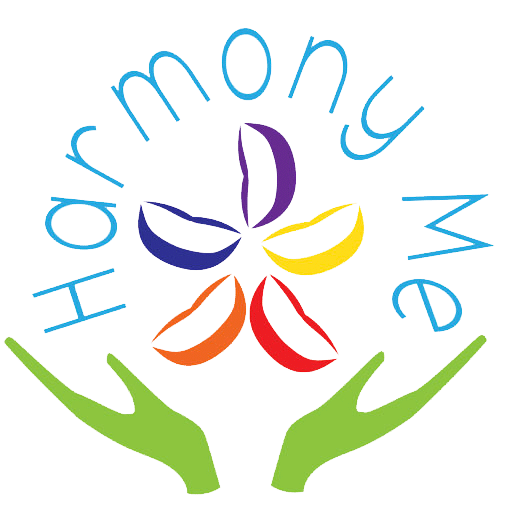
Tui Na
History of the Tui Na
Traditional Chinese medicine consists of 5 methods:
acupuncture, herbalism, nutrition, physical exercise (Chi Kong and Tai Chi) and Tui Na.
Manual methods
Inscriptions found on turtle shells and bones show that manual methods have been used for millennia to treat children and digestive disorders of adults.
It is certain that manual techniques have been used in different regions of China for more than 3000 years. Trade with China in recent centuries has allowed many mixtures of techniques and contributed to enrich Tui Na.
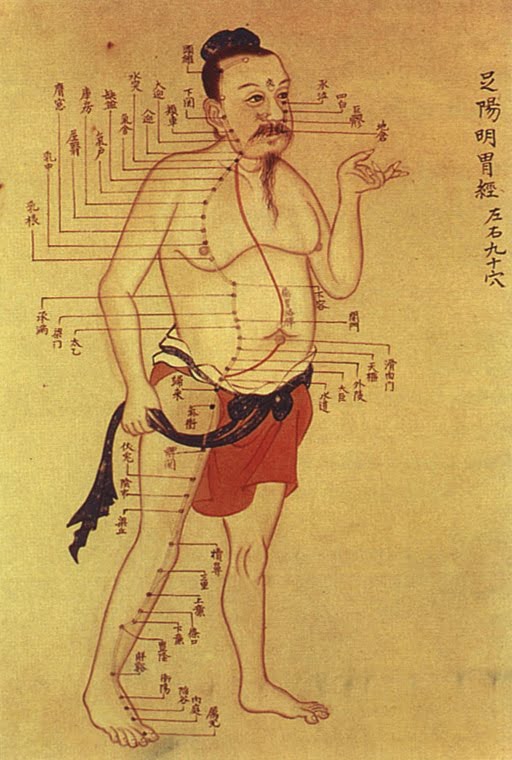
An Mo vs. Tui Na
An Mo “Press” and “Rub” was the name the elders gave to the massage part of Traditional Chinese Medicine.
Nowadays, the word «An Mo» is more used as a general term for «massage» while «Tui Na» is the term for the «Chinese therapeutic massage» one of the branches of Traditional Chinese Medicine.
a few dates

Tui Na dates back to China to the Shang dynasty, 1700 BC. Huangdi Nei Jing is the oldest canonical text of traditional Chinese medicine.
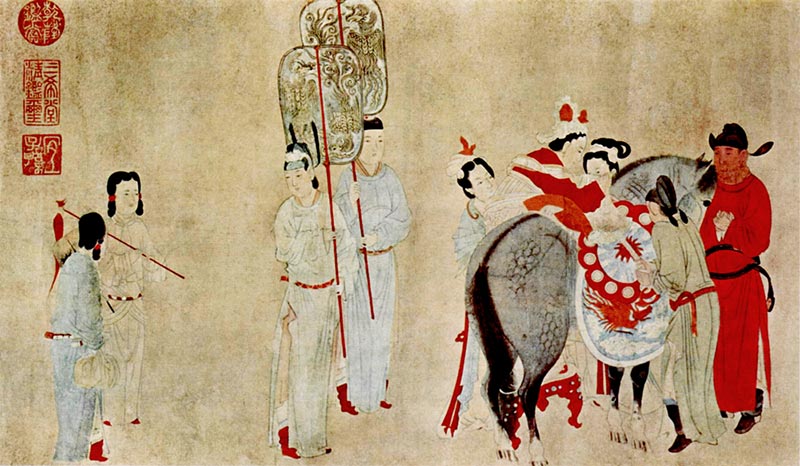
Already practiced at the Imperial Court since the Three Kingdoms period (220-280) Tui Na was introduced to the Imperial Medical University under the Tang Dynasty (607-944). Many techniques then enriched its applications for many disorders whose main beneficiary was the Emperor who was treated dressed while he worked.
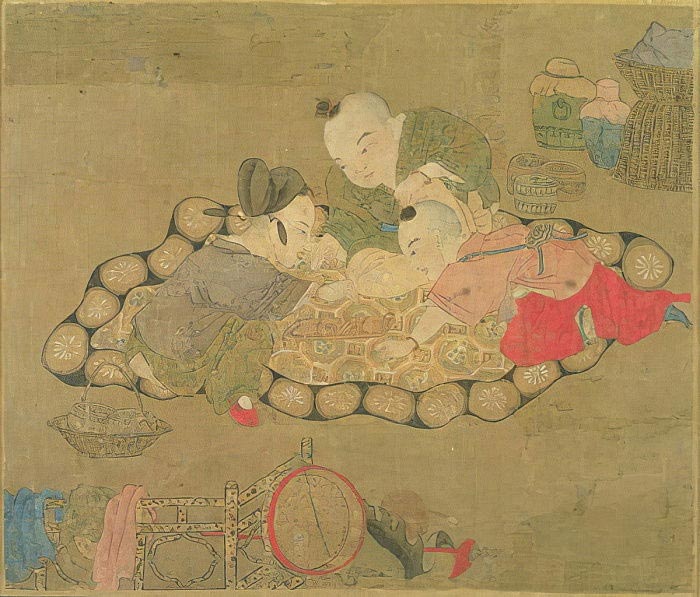
During the Ming dynasty (1368-1644) a pediatric Tui Na was particularly developed. Tui Na spread throughout China until the end of the Qing Dynasty (1644-1911).
It is still practiced today.
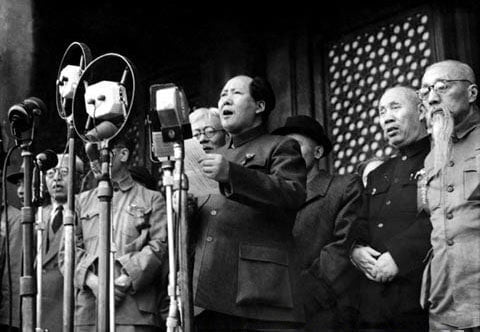
In 1949, with the advent of the People’s Republic of China, Tui Na returned to the other disciplines of traditional Chinese medicine.

In 1950, the first Tui Na training program was established. It lasted two years.
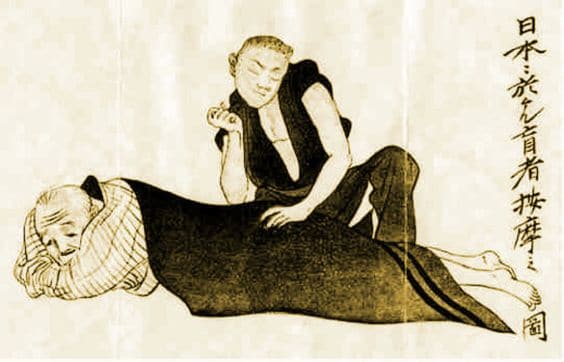
Since 1974, the teaching of Tui Na has been a separate but equal field of study in traditional Chinese medical universities.
Tui Na’s doctors receive the same 5-year training as acupuncturists and herbalists, and enjoy the same level of professional respect.
